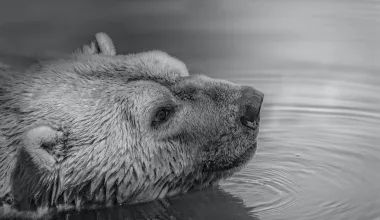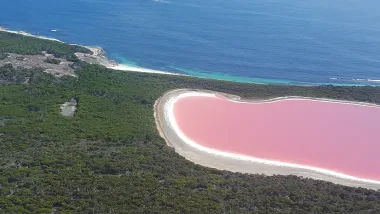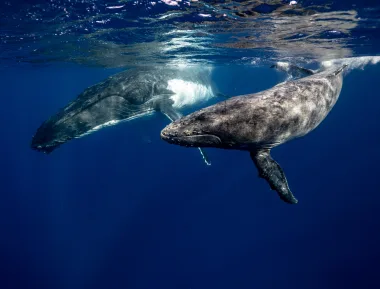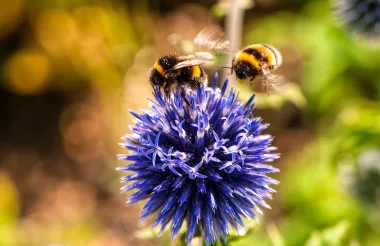Last Updated on April 26, 2024 by Ecologica Life
Humanity has waged war since it began. From ancient tribes to the Vikings to the current war happening in Ukraine. Unfortunately, what is often not considered when two groups of humans decide to kill each other, is how that will impact the surrounding environment. As technology has improved and our ability to kill each other has also increased, so has the impact on the environment our wars are having.
Worldwide shipwrecks from Worlds Wars I and II are estimated to have between 2.5 million and 20.4 million tonnes of petroleum products. The risk that petroleum products pose to marine wildlife has been studied extensively, showing they can affect feeding, growth, reproduction and cause irreversible tissue damage in many marine organisms.
Additionally, after both World Wars, up to 1.6 million tonnes of ammunition of all types (both attached to and separate from ships) was sunk or dumped in Northern seas of Europe. A lot of this ammunition likely contained explosive substances like trinitrotoluene (TNT) and its derivatives, as well as chemical warfare agents. According to the few studies done on the subject, these chemicals can have toxic effects on the aquatic wildlife that are exposed to them1,2.
The V-1302 shipwreck
New research has shown how a shipwreck from 80 years ago continues to pollute the enviroment. A German shipwreck from World War II (WWII) that has been laying on the ocean floor for 80 years has been spewing pollutants and releasing dangerous heavy metals since it sank.
The wreck is the V-1302 John Mahn ship, which went down in the Belgian part of the North Sea. It was originally a German fishing trawler, but it was later reassigned to duty as a patrol boat during World War II. At which point, it was attacked and sunk by the British Royal Airforce (RAF) in 1942 despite successfully downing one of the RAF aircrafts. V-1302 sank rapidly, heeling over after only half a minute, taking 11 sailors and all remaining munitions and coal reserves with her.
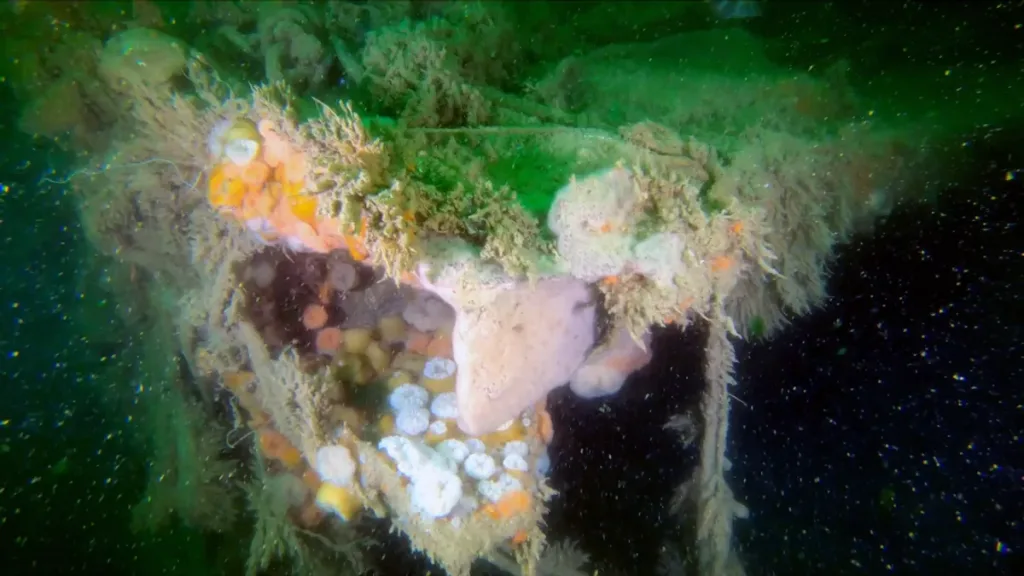
The V-1302 shipwreck investigation
Scientists collected soil samples from the ship and the nearby sea floor to determine how these contaminants may be affected the environment. A number of toxic pollutants such as heavy metals (nickel and copper), polycyclic aromatic hydrocarbons (chemicals present in coal, crude oil and gasoline), arsenic, and explosive compounds were found to have leaked from the wreckage into the environment.
How the pollutants from this ship or the thousands of ships lost in the two world wars have changed the local ecology is difficult to understand. These toxic products have no doubt caused unseen damage in much of the marine wildlife.
A testament to the resilience of life
Despite this, life is remarkable versatile, and some microorganisms can indeed thrive where others cannot. The results of the microbial analysis showed that the leaky shipwreck was not only leaking contaminants in its immediate vicinity but also changing the microbiome of the seabed.
The research showed that some microbes were thriving (such as rhodobacteraceae and Chromatiaceae) amongst the most polluted areas. That’s because these microbes enjoy the polycyclic aromatic hydrocarbons that were found leaking into the seabed.
Another group of microbes, the sulphate reducing bacteria (Desulfobulbia) were thriving in the shipwreck’s hull. These bacteria have been proven to be involved in steel corrosion, and so were at home there. Where one species dies, another may yet adapt and thrive.
References
- Koske D., Goldenstein N. I., Rosenberger T., Machulik U., Hanel R., Kammann U. (2020). Dumped munitions: New insights into the metabolization of 2,4,6-trinitrotoluene in Baltic flatfish. Mar. Environ. Res. 160, 104992. doi: 10.1016/j.marenvres.2020.104992
- Czub M., Nawała J., Popiel S., Dziedzic D., Brzeziński T., Maszczyk P., et al. (2020). Acute aquatic toxicity of sulfur mustard and its degradation products to daphnia magna. Mar. Environ. Res. 161, 105077. doi: 10.1016/j.marenvres.2020.105077

